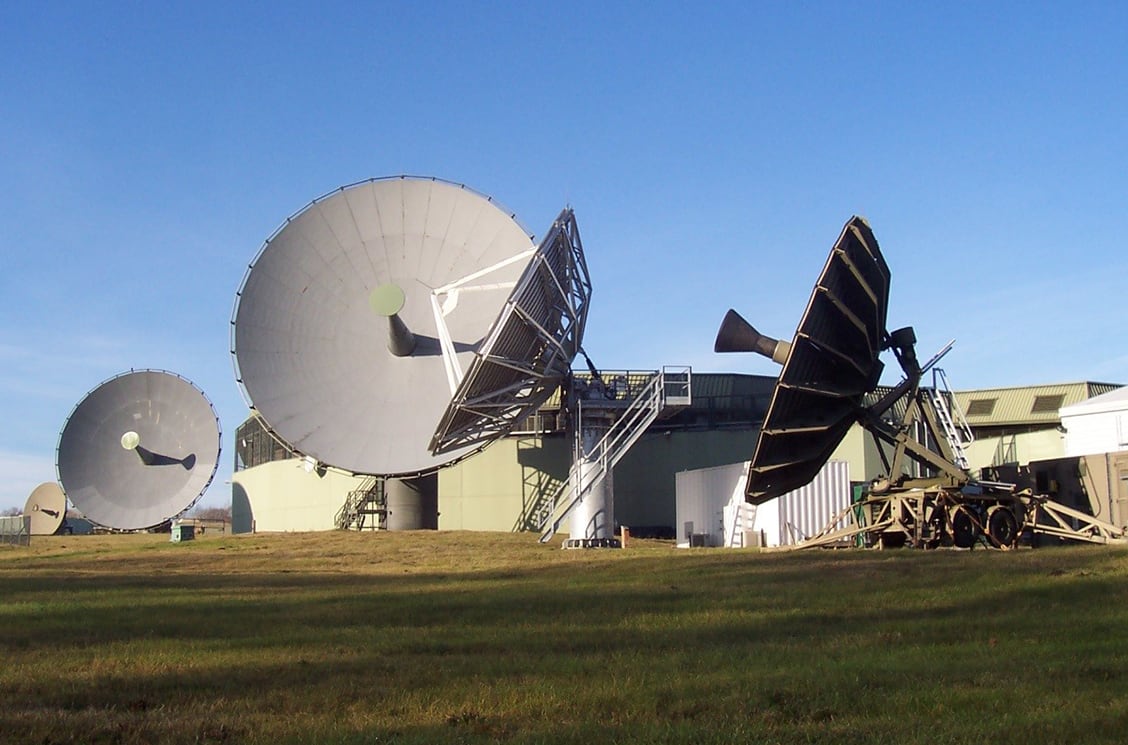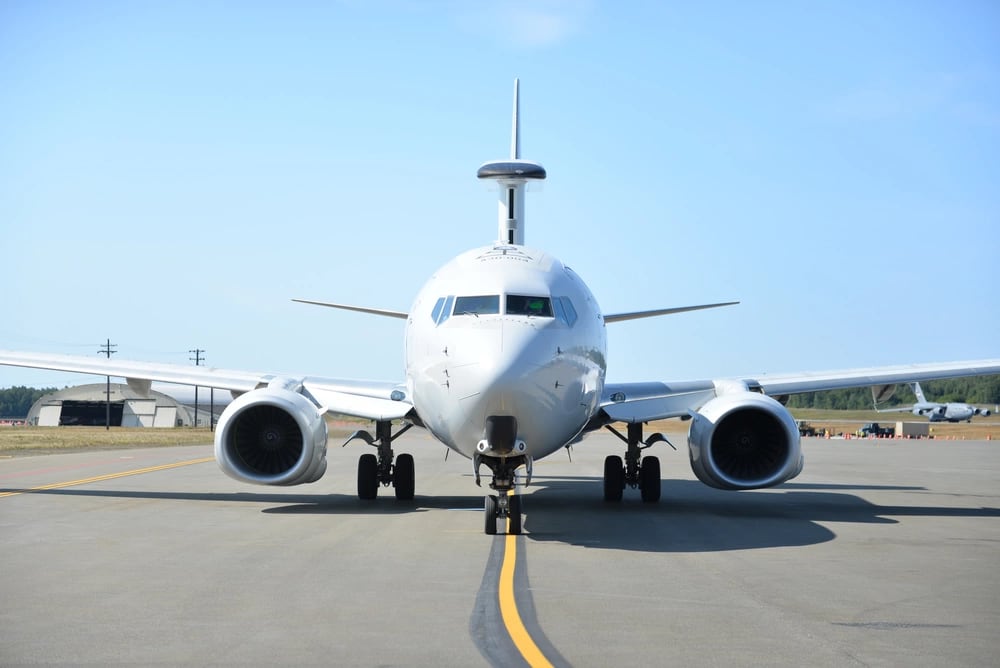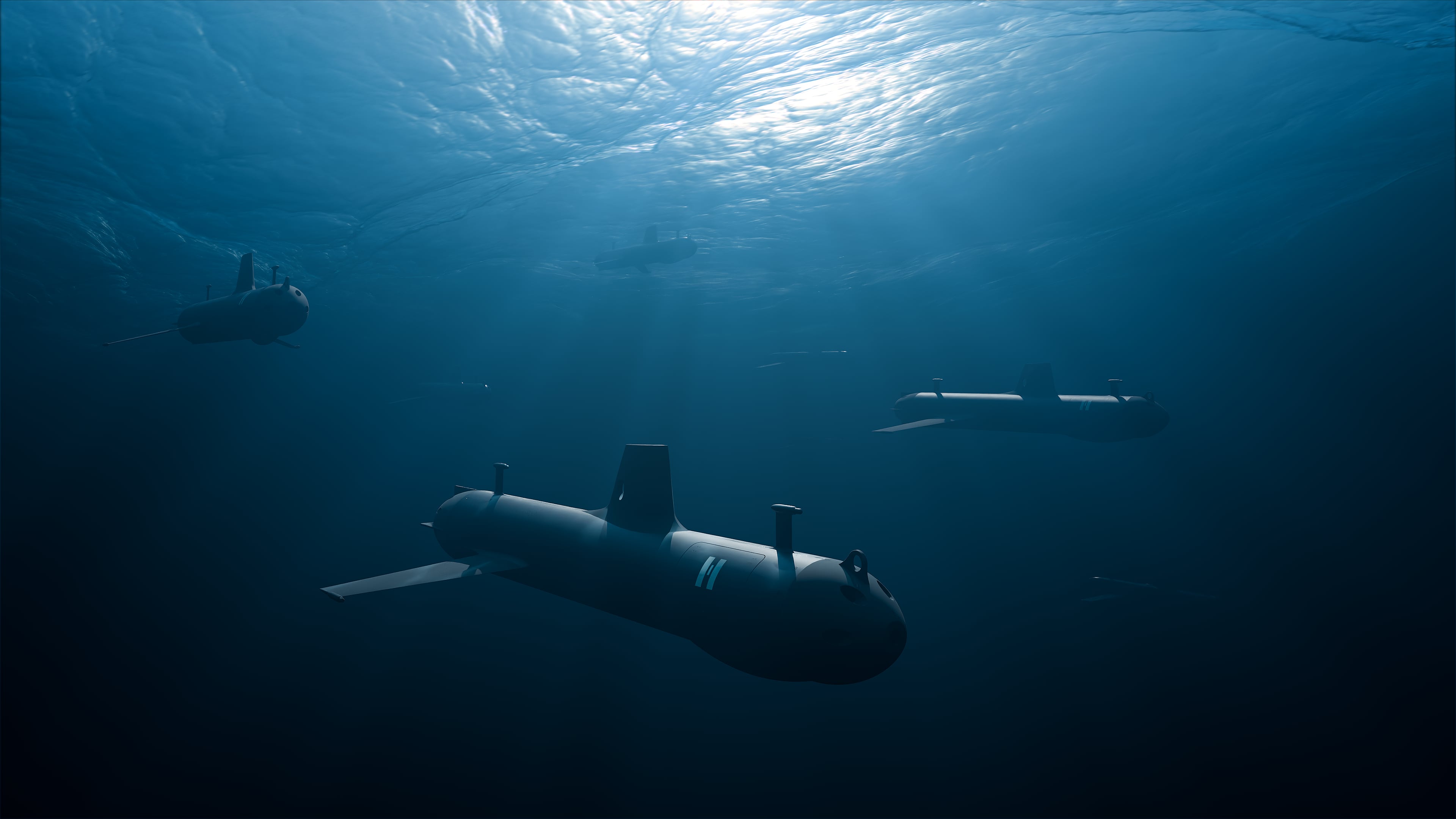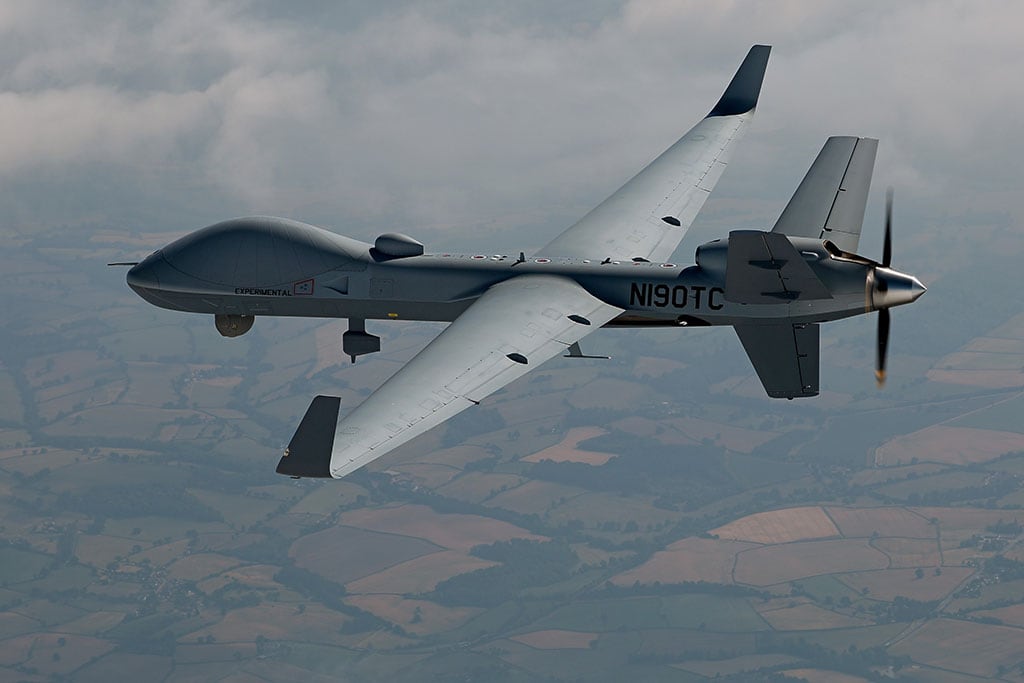The Air Force is looking for ways to compete in a potential conflict with a technologically advanced adversary.
With the current strategic environment – a return to so-called great power competition and a limited inventory of fighter and bomber aircraft – one solution offered by the Mitchell Institute for Aerospace Studies is another look at manned-unmanned aircraft teaming concepts.
The study, unveiled at an event hosted on Capitol Hill July 10, considers autonomous systems that require minimal human input. This is a departure from the remotely piloted aircraft the Air Force uses such as MQ-9 Reapers and RQ-4 Global Hawks, which still require a large footprint of operators and maintainers.
The report notes how the current aircraft inventory consists of roughly 20 B-2 bombers, 187 F-22s and 100 F-35s. Not only do these figures not meet combatant command needs, but the current numbers do not significantly account for attrition rates if a conflict were to arise.
Instead, the authors suggested the Air Force should adopt a crawl, walk run mentality. The service should start with missions and problems that are easily understood such as air base defense. With air base defense, Douglas Birkey, executive director of Mitchell Institute, said it is generally understood what an enemy will be flying and the weapons it could use.
In addition, the authors suggested relying on stored fighters and bombers from previous generations that have been cycled out of combat operations and transitioning them to autonomous vehicles. The service already flies unmanned F-16s.
Under this model, there would be no acquisition cost for airframes, there is already an inventory of aircraft and the aircraft are familiar. As the service is looking to retire aircraft – such as the B-1 – the Air Force should consider converting them, Birkey, said.
Moreover, a fleet of autonomous aircraft can inflict tremendous cost imposition on enemies, Birkey said. By parking the aircraft in strategic locations, adversaries are going to have to take them into account in their calculus.
Air Force Research Lab Commander Maj. Gen. William Cooley described a couple areas in which his organization is working in this space.
One is the Automatic Ground Collision Avoidance System, which to date has saved seven F-16s. This system will take over the aircraft if there is a calculation the aircraft will collide with the ground. This could be due to either an unconscious pilot or a malfunction. Cooley described this system as an example of human-machine teaming.
Another effort is the Loyal Wingman program.
RELATED

This is the notion of having a manned aircraft with other aircraft in the formation they can serve as weapons trucks for the manned aircraft or as additional sensors. However, Cooley said this is going to take some time and thinking through to both game out and build trust with human.
Mark Pomerleau is a reporter for C4ISRNET, covering information warfare and cyberspace.








